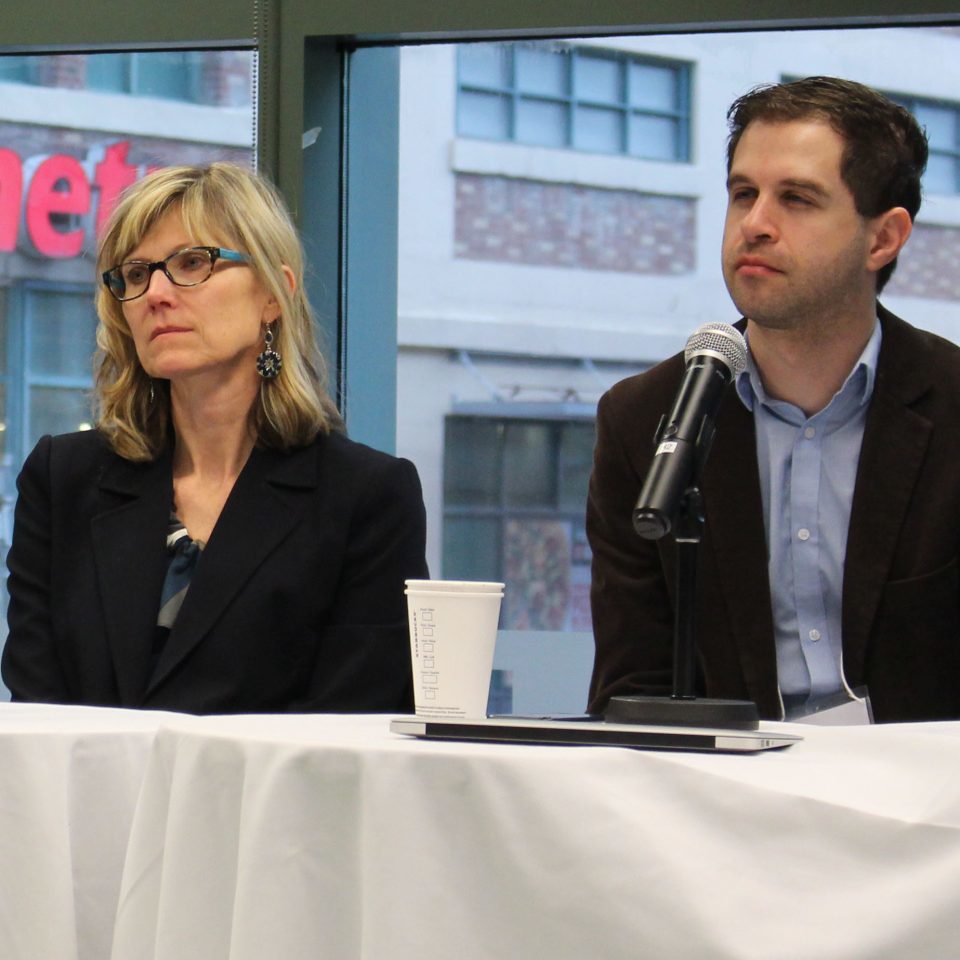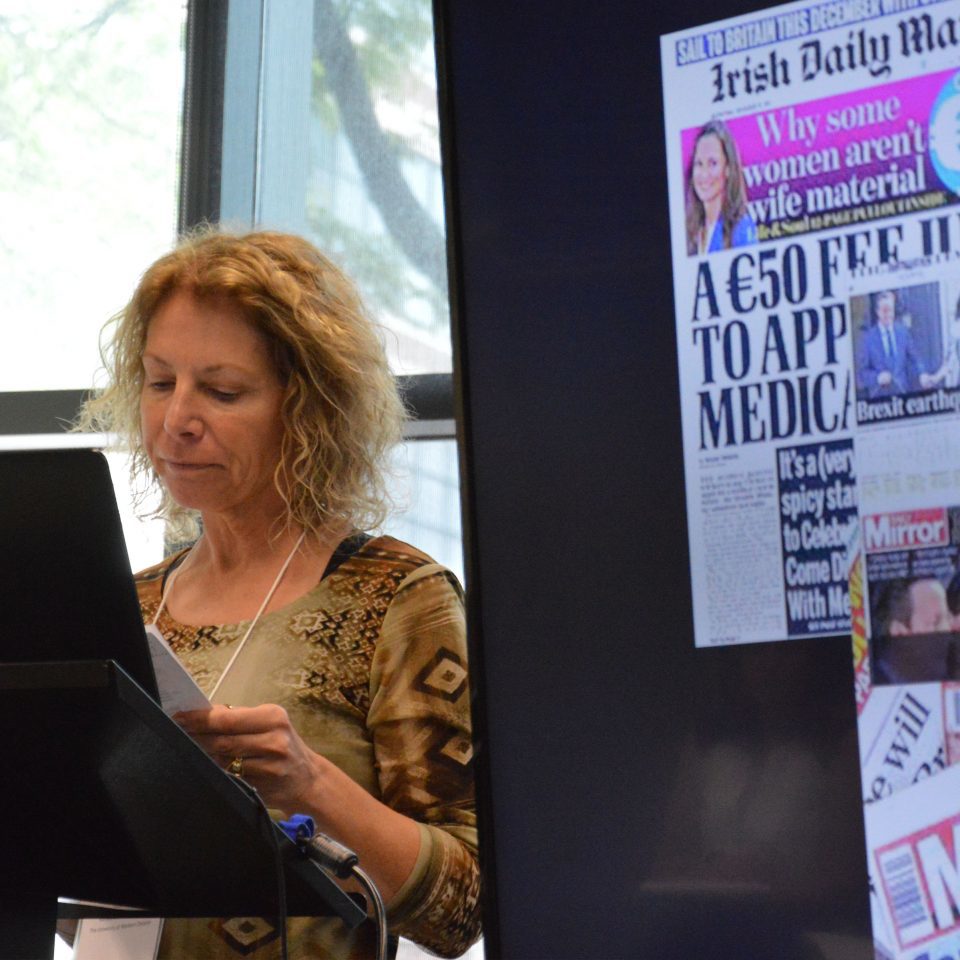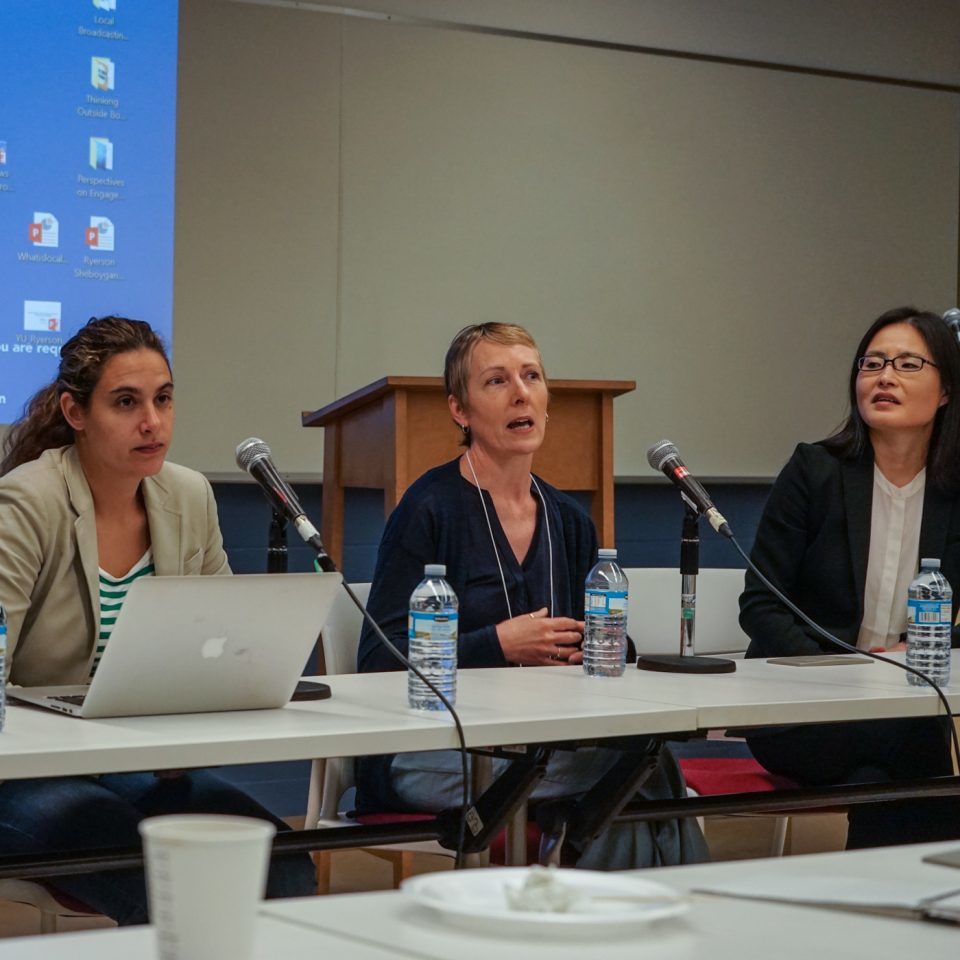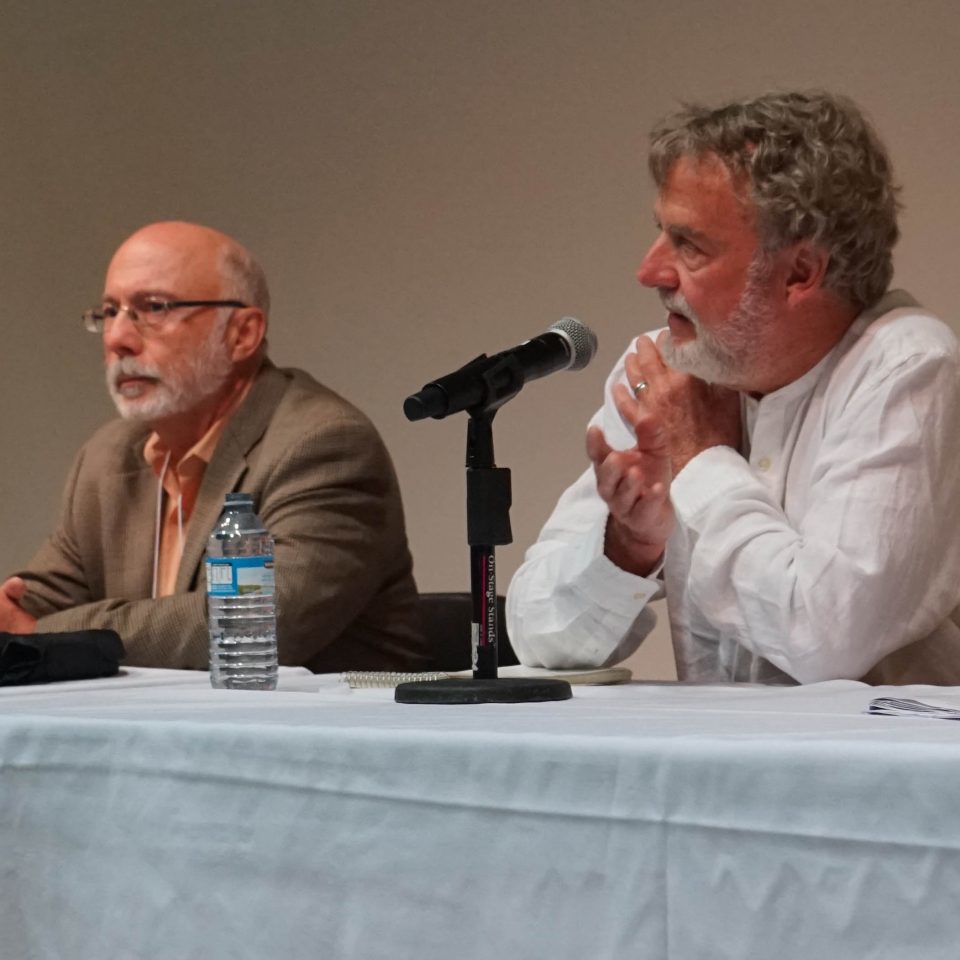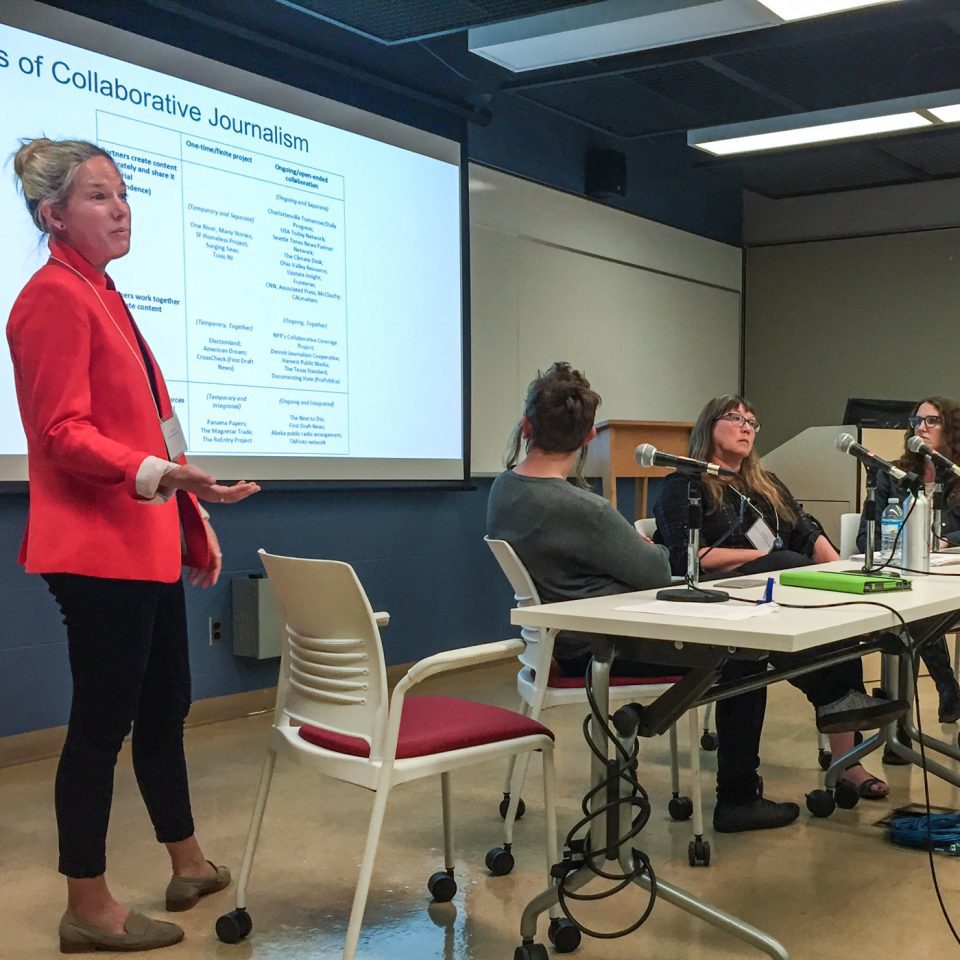Collaborations between newsrooms and j-schools can help fill local news gaps
Newsroom collaborations can give students valuable training and provide a service by filling gaps in local news coverage, says a media labour expert.
Errol Salamon, the work and labour editor at J-Source, says that established media publishers and editors have also helped students by giving them the temporary power to run mainstream media companies.
In 1933, the Vancouver Sun gave students at the University of British Columbia an opportunity to take over the newsroom for the day. This was over a decade before formal journalism programs were introduced in Canada.

